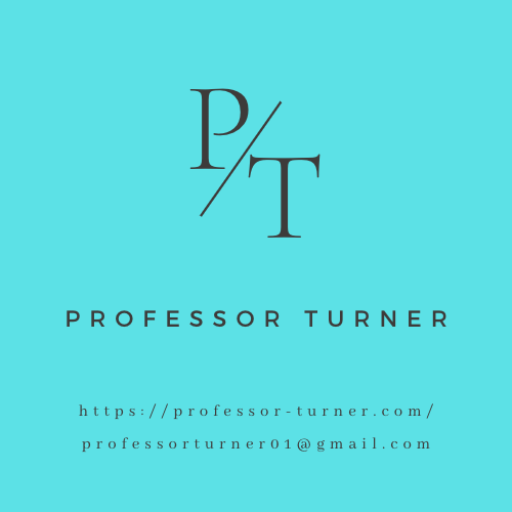Conclusion
A conclusion section should restate the claim(s) made in the Introduction, provide evidence for the supported and non-supported claims, and provide practical significance and meaning to the community or field.
(Turner, 2019, pp. 9-10; see also Turabin, 2007)
Components of a Good Conclusion Section
A good conclusion section should include the following features:
- an analysis of compliance with the research objectives,
- a global response to the problem statement,
- a constrast between results and the theoretical framework,
- future research work, and
- acceptance or rejection of the established hypothesis.
(Gonzalez-Lopez & Lopez, 2019, p. 644)
Specific to General
The Inverted Pyramid
The inverted pyramid structure simply means placing the most fundamental information in the lead paragraph of the story, and then arranging the remaining details, from most important to least important, in the following paragraphs.
Main Points About a Conclusion
(Bryman, 2016, pp. 667-668)
- A Conslucion is not the same as a summary. However, it is frequently useful to bring out in the opening paragraph of the Conclusion your argument thus far. This will not mean relating your findings and your discussion of them to your research questions. Thus, your brief summary should be a means of hammering home to your readers the significance of what you have done.
- You should make clear the implications of your findings for your research questions.
- You might suggest some ways in which your findings have implications for theories relating to your area of interest.
- You might draw attention to any limitations of your research with the venefit of hindsight, but it is probably best not to overdo this element and provide examiners with ammunition that might be used against you!
- It is often valuable to propose areas of further research that are suggested by your findings.
- Two things to avoid are engaging in speculations that take you too far away from your data, or that cannot be substantiated by the data, and introducing issues or ideas that have not previously been brought up.

